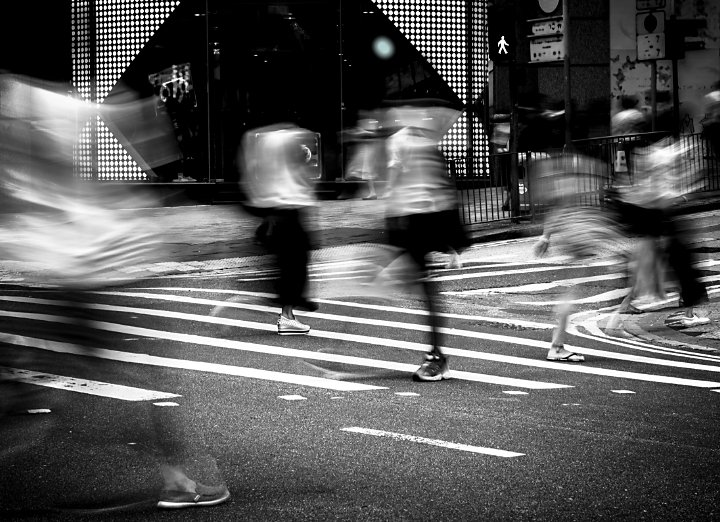Unknown Facts About Framing Streets
Table of ContentsUnknown Facts About Framing StreetsThe 3-Minute Rule for Framing Streets5 Easy Facts About Framing Streets ExplainedThe Basic Principles Of Framing Streets The Basic Principles Of Framing Streets Framing Streets Things To Know Before You Buy
, normally with the goal of recording photos at a definitive or emotional moment by mindful framing and timing. https://www.pubpub.org/user/david-turley.
Consequently his boots and legs were well specified, yet he lacks body or head, because these were in activity." Charles Ngre, waterseller Charles Ngre. https://www.viki.com/users/framingstreets1/about was the initial digital photographer to obtain the technological elegance required to sign up people in activity on the street in Paris in 1851. Digital Photographer John Thomson, a Scotsman functioning with journalist and social activist Adolphe Smith, published Street Life in London in twelve monthly installations beginning in February 1877
5 Simple Techniques For Framing Streets
Eugene Atget is related to as a progenitor, not because he was the first of his kind, but as an outcome of the popularisation in the late 1920s of his record of Parisian streets by Berenice Abbott, who was influenced to carry out a similar documents of New York City. [] As the city developed, Atget helped to advertise Parisian roads as a deserving subject for photography.

Facts About Framing Streets Uncovered
The principal Mass-Observationists were anthropologist Tom Harrisson in Bolton and poet Charles Madge in London, and their very first record was created as the publication "May the Twelfth: Mass-Observation Day-Surveys 1937 by over 2 hundred observers" [] Home window cleaner at Kottbusser Tor, Berlin, by Elsa Thiemann c. 1946 The post-war French Humanist School professional photographers located their subjects on the street or in the restaurant. Between 1946 and 1957 Le Groupe des XV every year exhibited work of this kind. Andre Kertesz. Circus, Budapest, 19 May 1920 Road photography formed the major material of 2 exhibitions at the Gallery of Modern Art (Mo, MA) in New york city curated by Edward Steichen, 5 French Photographers: Brassai; Cartier-Bresson, Doisneau, Ronis, Izis in 1951 to 1952, and Post-war European Photography in 1953, which exported the idea of road digital photography internationally.

Some Ideas on Framing Streets You Should Know
, after that a teacher of young youngsters, associated with Evans in 193839.'s 1958 publication,, was significant; raw and commonly out of emphasis, Frank's pictures examined conventional photography of the time, "tested all the formal policies laid down by Henri Cartier-Bresson and Pedestrian Evans" and "flew in the face of the wholesome pictorialism and wholehearted photojournalism of American publications like LIFE and Time".